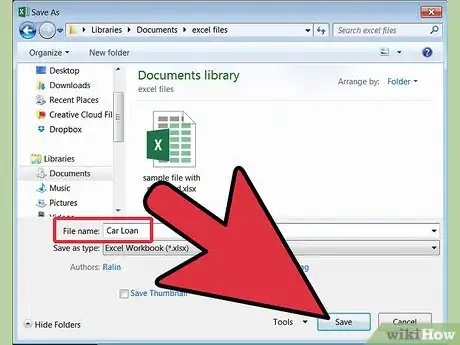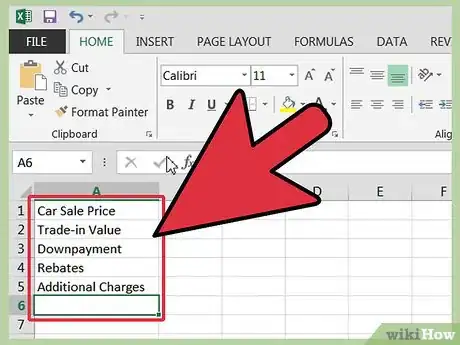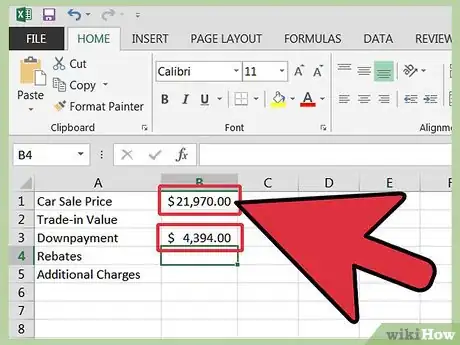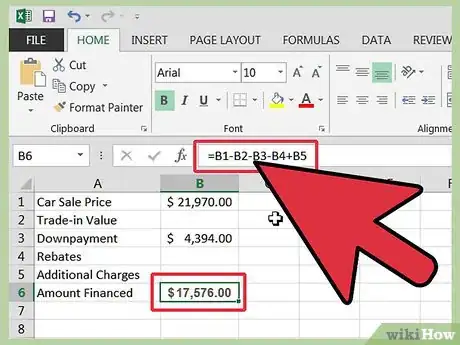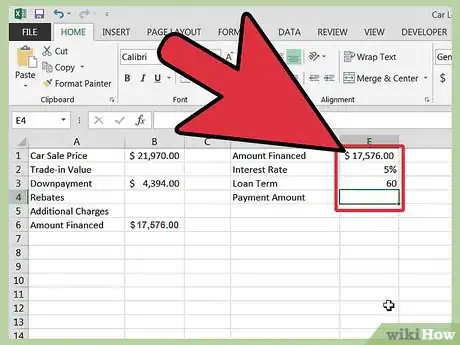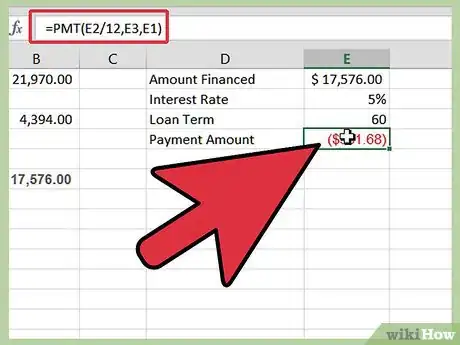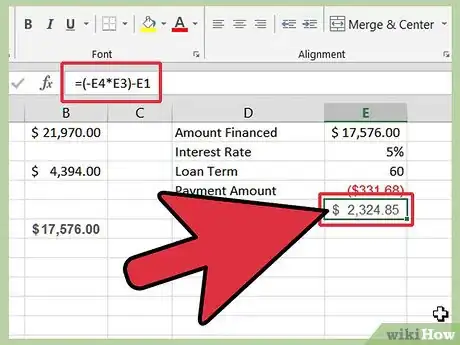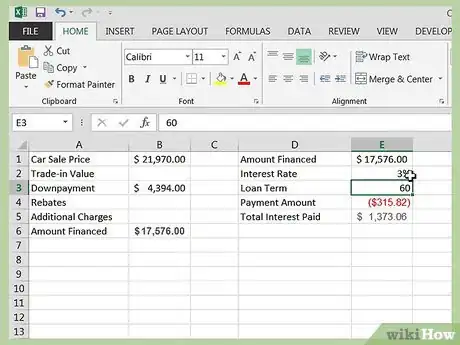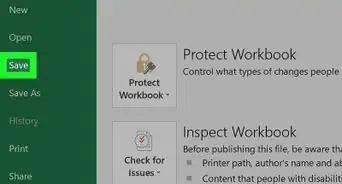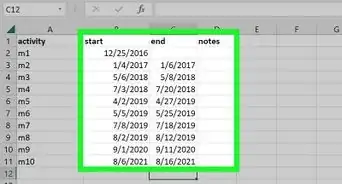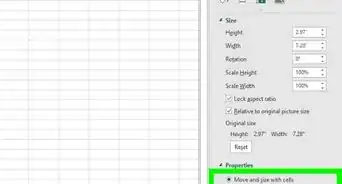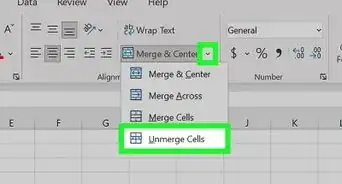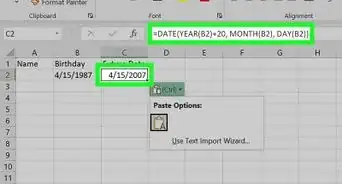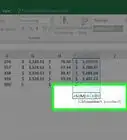X
wikiHow is a “wiki,” similar to Wikipedia, which means that many of our articles are co-written by multiple authors. To create this article, 9 people, some anonymous, worked to edit and improve it over time.
This article has been viewed 224,951 times.
Learn more...
Microsoft's Excel spreadsheet program can be used for many different types of business and personal applications. For instance, you can use Excel to calculate car loan transactions and payment amounts as well as the total interest paid over the life of a loan. In addition, you can use Excel to compare multiple scenarios in order to make sound financial decisions. Here's how to calculate a car loan in Excel before you make a commitment.
Steps
-
1Launch Microsoft Excel.
-
2Open a new worksheet and save the file with a descriptive name such as "Car Loan."Advertisement
-
3Create labels for the cells in A1 down through A6 as follows: Car sale price, Trade-in value, Down payment, Rebates, Additional charges and Amount financed.
-
4Enter the amounts for each item from your proposed car loan in cells B1 down through B5.
- The car sale price is negotiated with the dealership.
- The dealer incentive, rebates and additional features items may not apply to your situation.
-
5Calculate the amount financed in cell B6 by entering "=B1-B2-B3-B4+B5" in the cell, without quotation marks, and pressing "Enter."
-
6Make labels for the loan details in cells D1 down through D4 as follows: Amount financed, Interest rate, Loan Term and Payment amount.
-
7Fill in the information for the loan details in cells E1 down through E3.
- Type "=B6," without quotation marks, in cell E1 to copy over the amount financed.
- Make sure your interest rate is entered as a percentage in cell E2.
- Enter the loan term in months in cell E3.
-
8Figure the payment amount by entering the following formula, without the quotation marks, in cell E4: "=PMT(E2/12,E3,E1)."
-
9Add up the total interest paid over the life of the loan in cell E5 by entering the following formula, without quotation marks: "=(-E4*E3)+E1. In this step we must add the Amount Financed (E1) - this may seem counterintuitive, but because Excel correctly treats our calculated Payment as a cash outflow and assigns it a negative value, we must add back the Amount Financed to reach a Total Interest Paid amount."
- This formula calculates the total of all payments less the amount financed to arrive at the total interest paid over the life of the loan.
-
10Review your entries and results and make adjustments to the variables.
- You can see how the scenario would look with a higher or lower interest rate, a shorter or longer loan term or with a larger down payment.
Advertisement
Things You'll Need
- Computer
- Excel
- Car transaction and loan details
About This Article
Advertisement

